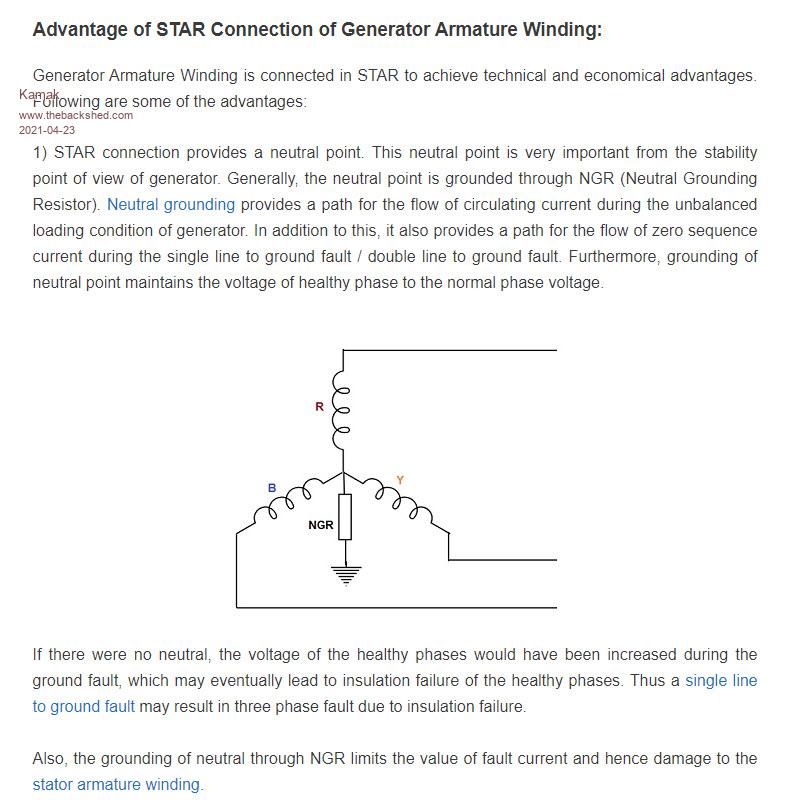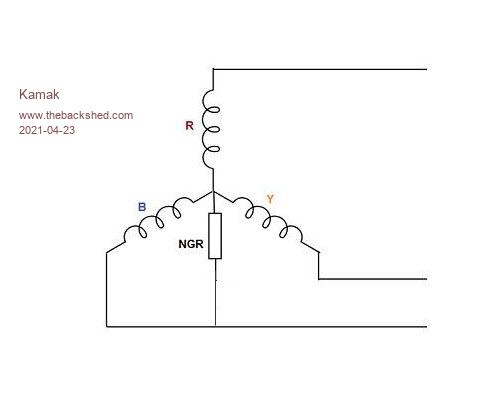
|

|
Forum Index : Windmills : Importance of Balanced Load on Phases on Wind Turbines?
| Author | Message | ||||
| Technophiliac Regular Member Joined: 18/12/2020 Location: New ZealandPosts: 92 |
Evening people Anyone have any experience with unbalanced phase loads in multiphase wind turbines? Logically they will run smoothest with balanced phase loads. But what if say we put a load on just one phase, does it really matter, so long as there is sufficient load present during hi wind events where overspin must be avoided - probably requiring all phases loaded right up or shorted to control the excess spin force in that event. Davo, Wellington. You can have it perfect, on time, and at the best price. Choose any two. |
||||
| Kamak Senior Member Joined: 13/04/2021 Location: CanadaPosts: 150 |
I would think that loading one phase might not create enough braking power? Maybe it would be enough to maintain a steady "safe" speed in high winds. Testing would be the only way to find out. The physical loading would be evenly distributed radially around the stator. The electrical switching and control would be beyond my immediate understanding. Would depend, greatly, on the number of phases proportional to the number of coils per phase, and the current-carrying capability of each coil gang/phase leg, and the magnetic flux density of the rotor magnets Aside from some serious math calculations creating some theoretical results, it could just be a matter of physical testing. But an element of your question is "how important is phase load balance" other than overheating the coils of said phase, not much I guess. But I guess we would also have to consider the voltage drop to the 3PH rectifier by said phase, alone, while it is still actively charging, and loaded itself? Some people might ask, why do you want to do it this way? Where is the advantage as you envisioned it? Well, I think I just answered that question myself. "why do you want to do it this way" So that we can drain off unuseable rising power proportionally away from the rectifier and then help maintain steady rotor rpm, in fluctuating wind speeds? But I don't think there is a way to maintain a steady and even voltage drop across all three windings if we tap only one and in turn use it for speed braking. I have a question also. "How can we increase the useable input voltage range across the rectifier, to the charge controller, in turn increasing the useable rpm range (up to a safe speed), before having to divert output power away from said rectifier?" Edited 2021-04-22 06:05 by Kamak |
||||
| Kamak Senior Member Joined: 13/04/2021 Location: CanadaPosts: 150 |
Maybe also important to note. You would have to put the load across one of the phase leads, and the shared common, in a Star wound generator. https://electricalbaba.com/why-generator-armature-winding-connected-in-star-not-delta/ Why Generator Armature Winding Connected in STAR, not in DELTA? May 13, 2018, by admin Alternator or generator armature winding is always connected in STAR, not in DELTA. We know that a rotating magnetic field in the air gap can only be created if the phase winding and phase currents are 120deg displaced from each other in space and time respectively. This can be achieved either in star connection or delta connection armature winding in the alternator. But star connection is always preferred over the delta connection due to its advantages.  Edited 2021-04-23 00:27 by Kamak |
||||
| Kamak Senior Member Joined: 13/04/2021 Location: CanadaPosts: 150 |
 |
||||
| Kamak Senior Member Joined: 13/04/2021 Location: CanadaPosts: 150 |
And what you'll get is some unwanted cogging vibrations, as it loads one leg of the star windings. |
||||